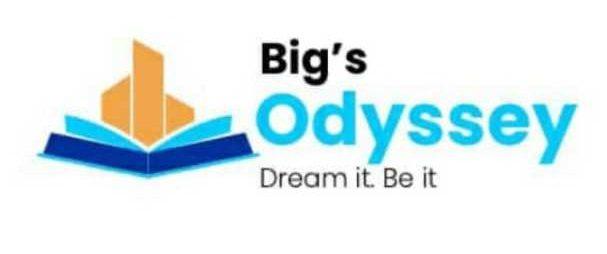The internet has revolutionized how we learn, providing opportunities for skill acquisition that were once unimaginable. With an overwhelming number of online courses, platforms, and resources available, tailoring a personalized education roadmap has become crucial for success. But where do you begin? Whether you’re looking to master a new hobby, switch careers, or simply enhance your professional toolkit, online platforms have made it easier than ever to access world-class education at your fingertips. In this guide, we’ll walk you through the steps to build an effective and personalized online learning plan.
Step 1: Define your goal.
Before diving in, you should determine what skill you want to learn and why. Having clear objectives will help you choose the right platform and course. With so many resources and learning platforms, defining your goals helps keep you in check and avoid following the bandwagon.
Step 2: Assess Your Current Skill Level.
Understanding where you stand helps you choose the right starting point.Take free skill assessments online.Review beginner, intermediate, or advanced course options based on your comfort level.
Step 3: Research the Terrain.
The digital learning landscape is vast, with platforms catering to every niche. Research platforms that align with your goals. Whether it’s technical skills on Codecademy, creative pursuits on Skillshare, or professional development on Coursera, choosing the right platform ensures you’re on the best path to success.
Step 4: Set Achievable Milestones.
Break your journey into smaller, manageable steps. Set short-term goals like completing a course module or mastering a specific skill. These milestones keep you motivated and make the journey feel less daunting. Monitoring your progress allows you to acknowledge and celebrate achievements along the way, fueling your drive to continue learning.
Step 5: Schedule Your Journey.
Learning requires consistency. Create a schedule that fits your lifestyle, dedicating regular time slots for study. Treat these sessions as appointments, ensuring you stay disciplined. A well-structured schedule not only builds routine but also helps you ensure there’s a balance between your learning and other commitments.
Step 6: Diversify Your Tools.
Utilizing diverse resources to enhance your learning experience makes your learning journey efficientYou should consider combining video tutorials, eBooks, quizzes, and hands-on projects. Diversifying your tools ensures a deeper understanding of concepts and keeps your journey engaging. Experiment with various formats to find what suits you best.
Step 7: Apply What You Learn.
The practical application transforms theory into mastery. Build projects, solve real-world problems, or volunteer to use your new skills. Applying knowledge in meaningful ways deepens understanding and demonstrates your progress. It’s also a great way to build a portfolio or showcase your expertise to potential employers.
Step 8: Join a Learning Community.
Learning doesn’t have to be a solo journey. Join online forums, discussion groups, or social media communities related to your field. Engaging with peers and mentors provides support, motivation, and fresh perspectives. Sharing experiences and challenges enhances your learning experience and fosters valuable connections.
Step 9: Monitor and Adjust Your Roadmap.
Flexibility is key to navigating the ever-changing digital learning landscape. Regularly evaluate your progress and refine your roadmap as necessary. If a course isn’t meeting your expectations or your goals evolve, don’t hesitate to pivot. A dynamic plan ensures you stay aligned with your aspirations.
Navigating the digital learning landscape requires a thoughtful and structured approach. By crafting a personalized roadmap, you can make the most of the resources available and achieve your goals effectively. With clear objectives, consistency, and flexibility, you’ll be well on your way to unlocking your potential in the digital age.

